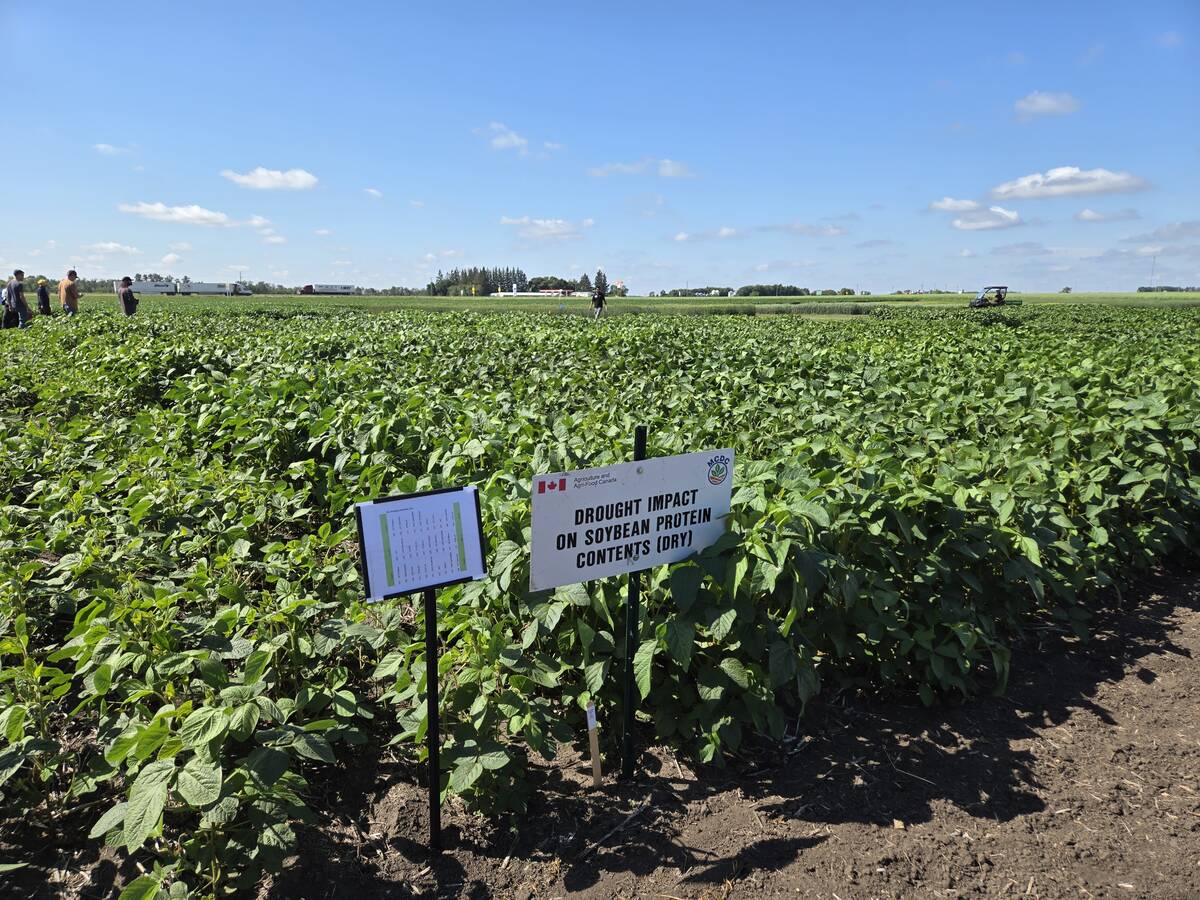Broader mandate | Network plans to offer leadership on rural-urban issues
Fifteen years after it was founded, the Manitoba Rural Adaptation Council has a new identity.
The council, which funds projects to invigorate Manitoba’s rural economy and supports innovative opportunities in agriculture,announced its new name Nov. 21. It is now known as the Prairie Improvement Network.
“This is an exciting, interesting and challenging time in agriculture and the rural sector, and this fundamental change in the organization will position it to address the new realities in a competitive collaboration model,” executive director Ted Eastley said in a release.
Read Also

Carberry field day looks for agriculture solutions
Manitoba farmers explored research solutions for resilient crops, perpetual agronomic issues and new kinds of agricultural products at a field day at the Manitoba Crop Diversification Centre in Carberry on Aug. 6.
The council administers Manitoba’s portion of the Canadian Agricultural Adaptation Program, the latest version of a federal adaptation fund created when the Crow Rate ended. This spring, the federal government announced the program would expire in 2014.
“So now is the opportune time to make the change,” Eastley said, noting the network will reach out to other funders in the future.
“Because of the model we have developed (evaluating and monitoring projects) … we think that we’ve got an excellent model to use that to approach industry to administer research and development funds in an arm’s length method, as well as other government agencies, both federal and provincial.”
Chair Terry Fehr said the federal decision wasn’t the sole factor be-hind the rebranding. The organization has been trying to broaden its mandate for awhile.
“To diversify our funding sources and do more for rural Manitoba and agriculture in Manitoba,” said Fehr.
He said the re-branding was probably overdue because after 15 years of existence, some Manitoba residents remained confused about MRAC.
“In the past, there’s always been a bit of an identity crisis. When they see the name, the Manitoba Rural Adaptation Council, most often people think we’re part of the provincial government,” he said, even though MRAC wasn’t funded by the province.
“That’s part of the impetus behind the rebrand, to set ourselves (apart).”
MRAC, a non-profit corporation, has funded 600 projects and invested more than $23 million in rural adaptation and innovation in Manitoba since 1997.
It has funded studies on the potential of exporting forages, the possibility of turning straw into paper and the feasibility of ethanol plants in the province.
The network said it will continue funding projects but will also advocate for rural Manitoba, offer leadership on rural-urban issues and provide a networking forum for people striving to enhance rural life.
The organization’s new website at www.prairienetwork.ca was launched Nov. 26.















